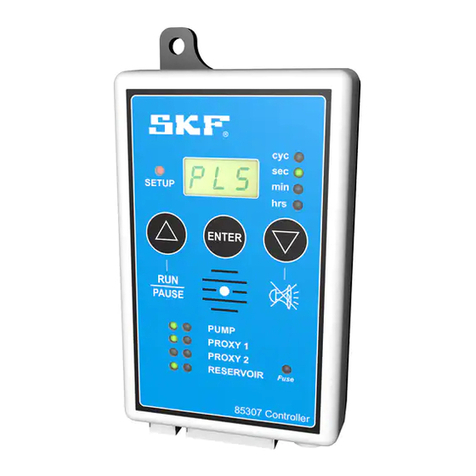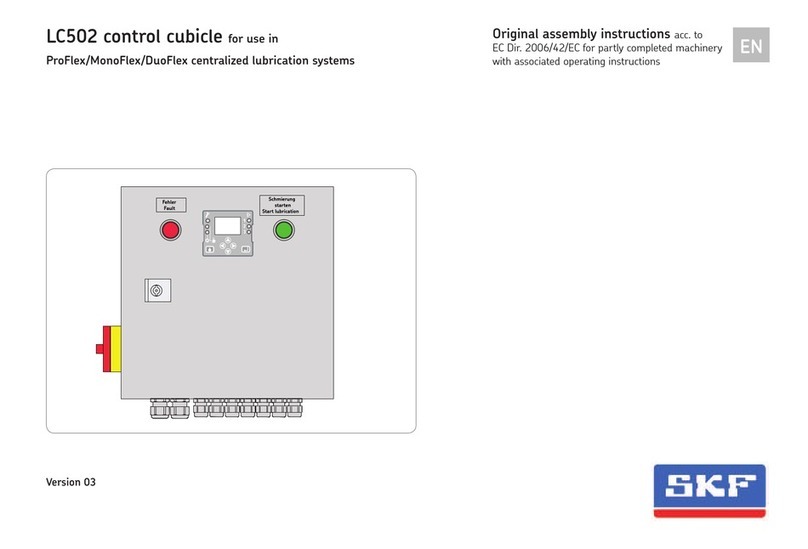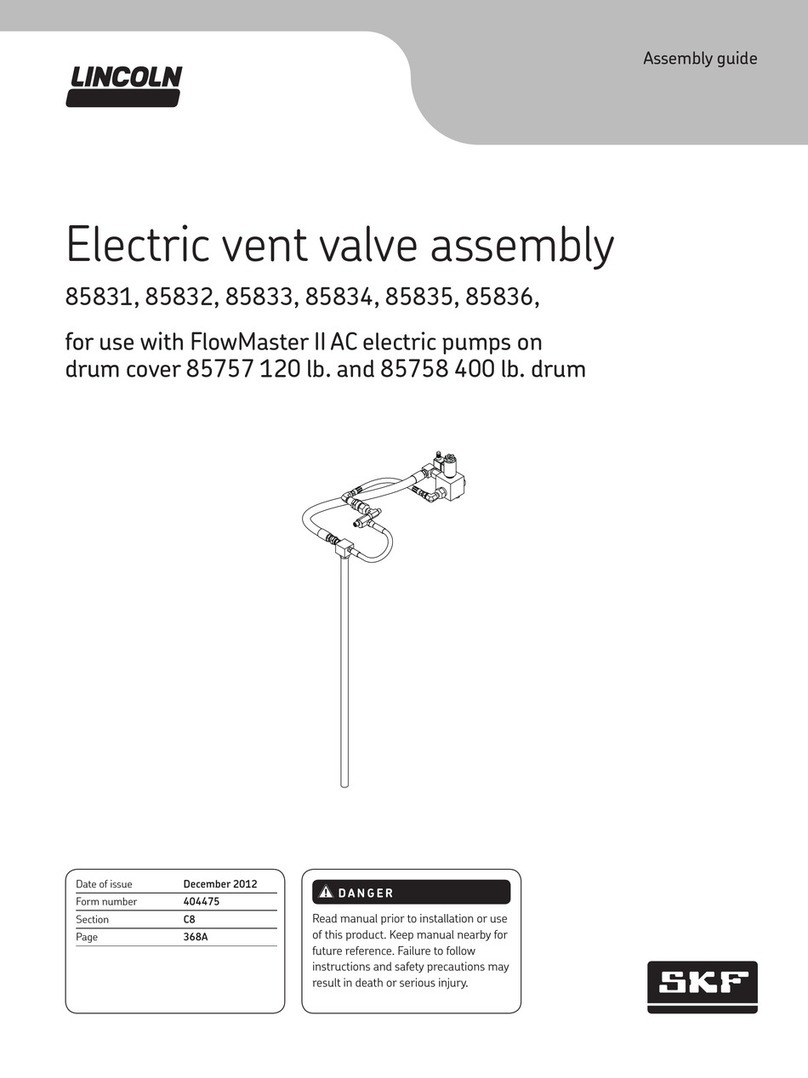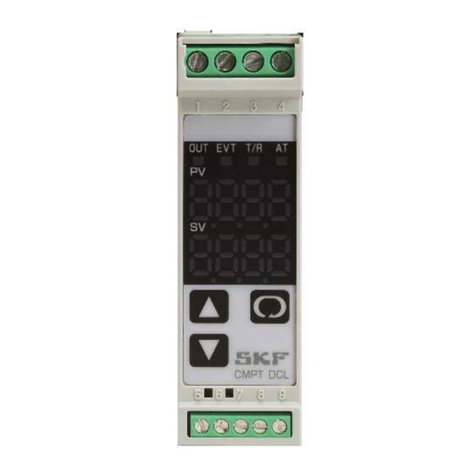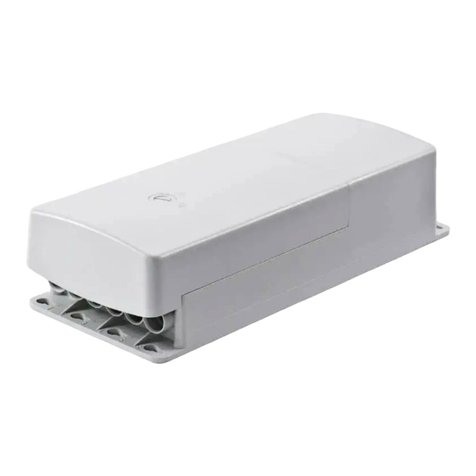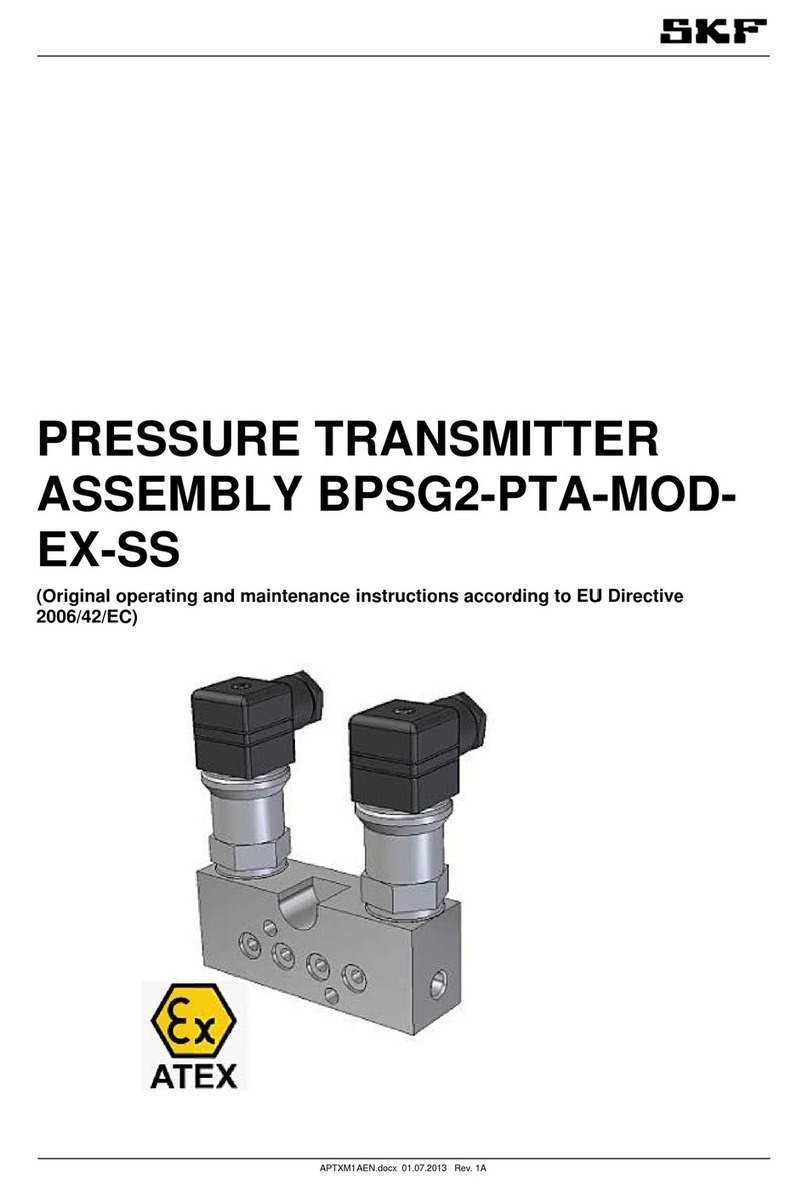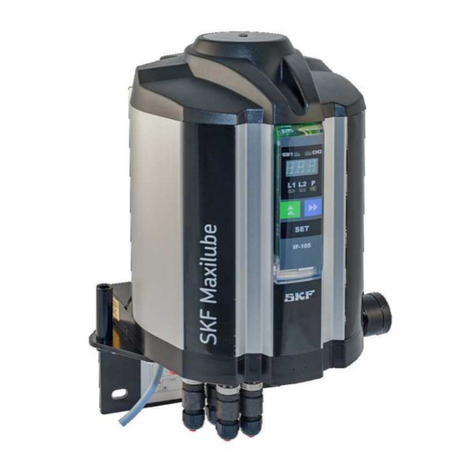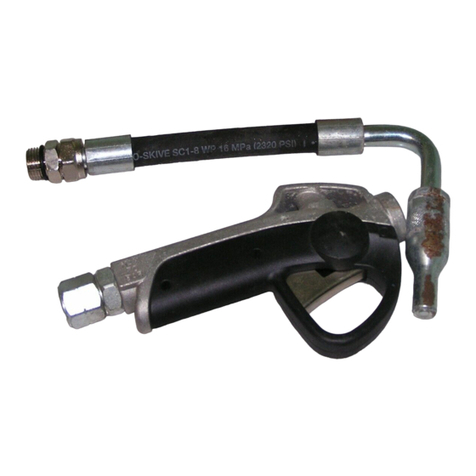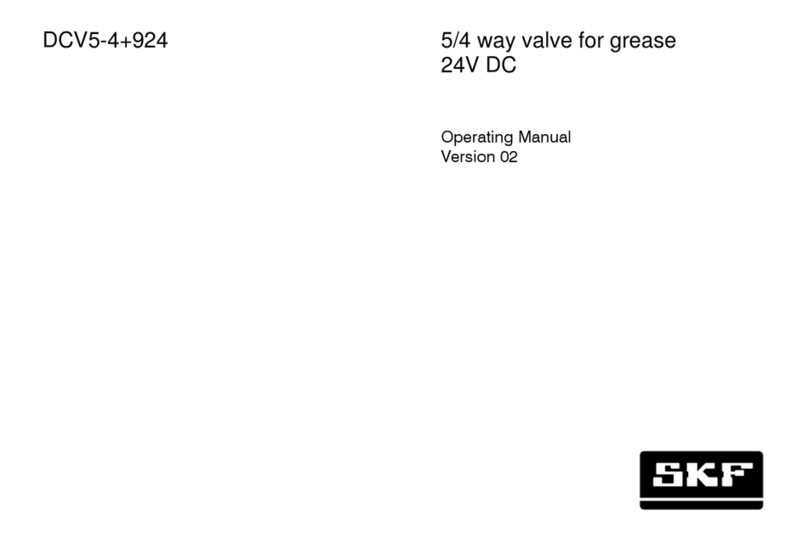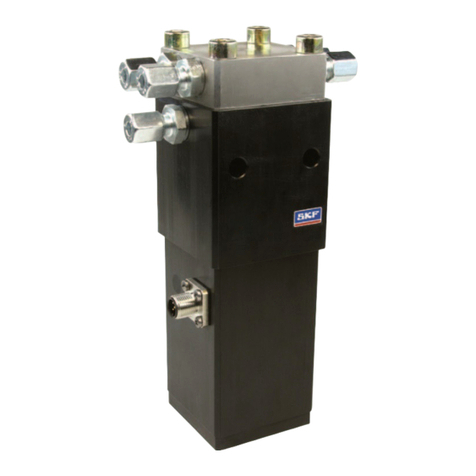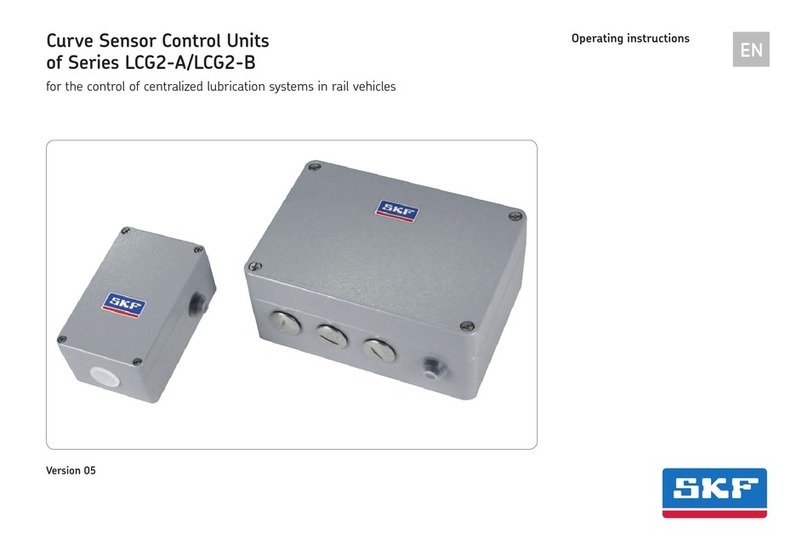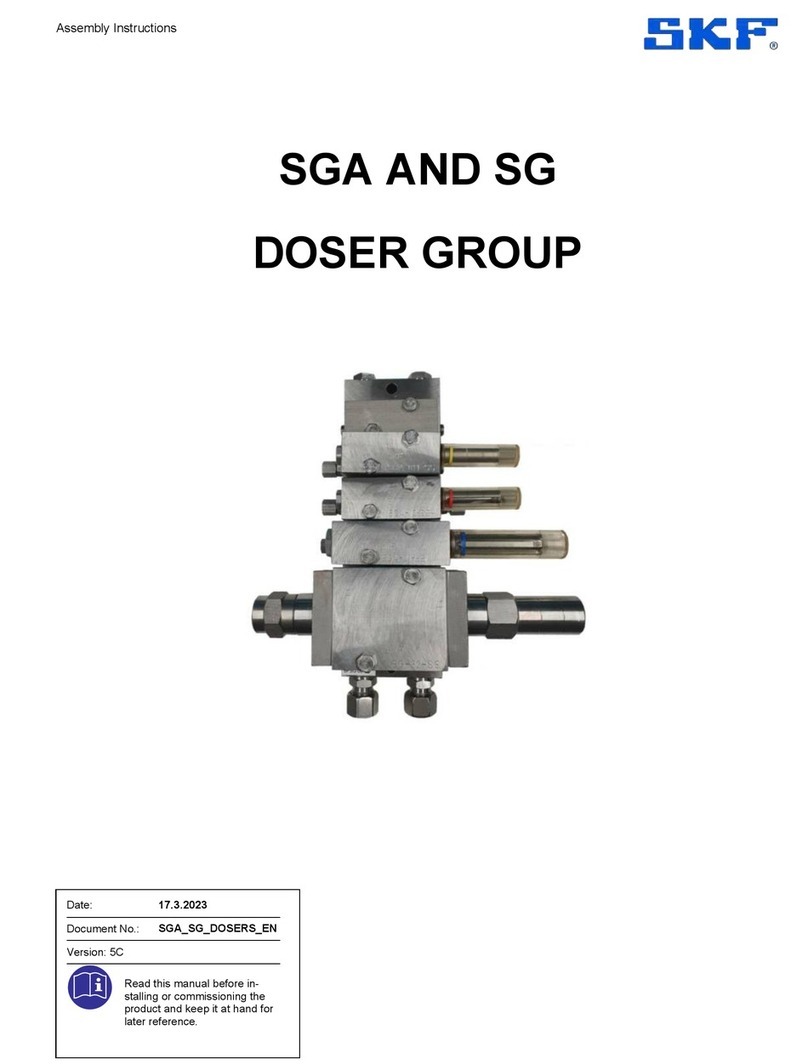Table of content
SKF – the knowledge engineering company. . . . . . .
Basic Principles . . . . . . . . . . . . . . . . . . . . . . . . . . .
. Introduction. . . . . . . . . . . . . . . . . . . . . . . . . . . .
Operating Instructions . . . . . . . . . . . . . . . . . . . . . . . . . . .
Validity . . . . . . . . . . . . . . . . . . . . . . . . . . . . . . . . . . . . . .
Target Audience. . . . . . . . . . . . . . . . . . . . . . . . . . . . . . .
Summary of Contents . . . . . . . . . . . . . . . . . . . . . . . . . . .
Organizational Measures . . . . . . . . . . . . . . . . . . . . . . . . .
Location of the operating manual. . . . . . . . . . . . . . . . .
Conventions . . . . . . . . . . . . . . . . . . . . . . . . . . . . . . . . . . .
Warning and usage instructions . . . . . . . . . . . . . . . . . .
Position numbers and referencing . . . . . . . . . . . . . . . .
Safety . . . . . . . . . . . . . . . . . . . . . . . . . . . . . . . .
Safety Program. . . . . . . . . . . . . . . . . . . . . . . . . . . . . . . . .
Purpose of use of the BCU control unit. . . . . . . . . . . . .
Intended use . . . . . . . . . . . . . . . . . . . . . . . . . . . . . . . . .
Unintended use. . . . . . . . . . . . . . . . . . . . . . . . . . . . . . .
User groups. . . . . . . . . . . . . . . . . . . . . . . . . . . . . . . . . .
Operating modes. . . . . . . . . . . . . . . . . . . . . . . . . . . . .
Danger zones . . . . . . . . . . . . . . . . . . . . . . . . . . . . . . .
Areas of responsibility. . . . . . . . . . . . . . . . . . . . . . . . .
Specific dangers . . . . . . . . . . . . . . . . . . . . . . . . . . . . . . .
. Safety EMC . . . . . . . . . . . . . . . . . . . . . . . . . . .
Manufacturer’s declaration of EMC compliance . . . . .
Instructions for use / General . . . . . . . . . . . . . . . . . . . . .
Professional healthcare facility environment . . . . . . .
Essential performance . . . . . . . . . . . . . . . . . . . . . . . .
RF communications equipments . . . . . . . . . . . . . . . . . .
Technical description . . . . . . . . . . . . . . . . . . . . . .
Requirements applicable to all ME equipment
and ME Systems Compliance for each Emission
and Immunity standards. . . . . . . . . . . . . . . . . . . . . . .
Emission guidance . . . . . . . . . . . . . . . . . . . . . . . . . . .
Instruction for maintaining BASIC Safety and
Essential performance for the expected Service life . . .
One time approved in the final application not
change it allowed due to the EMC influence . . . . . . . .
. Structure and function . . . . . . . . . . . . . . . . . . .
Structure. . . . . . . . . . . . . . . . . . . . . . . . . . . . . . . . . . . . .
Function . . . . . . . . . . . . . . . . . . . . . . . . . . . . . . . . . . . . .
Options and Accessories . . . . . . . . . . . . . . . . . . . . . . . . .
. Normal Operation . . . . . . . . . . . . . . . . . . . . . .
Preconditions for operation . . . . . . . . . . . . . . . . . . . . . .
BCU control unit Powering on . . . . . . . . . . . . . . . . . . . .
Shutting down . . . . . . . . . . . . . . . . . . . . . . . . . . . . . . . .
. Special Operations . . . . . . . . . . . . . . . . . . . . . .
Installation and Initial Start-Up . . . . . . . . . . . . . . . . . . .
Preparation. . . . . . . . . . . . . . . . . . . . . . . . . . . . . . . . . . .
Transport. . . . . . . . . . . . . . . . . . . . . . . . . . . . . . . . . . .
Check the supply schedule . . . . . . . . . . . . . . . . . . . . .
Energy supply . . . . . . . . . . . . . . . . . . . . . . . . . . . . . . .
Installation and connections. . . . . . . . . . . . . . . . . . . . . .
Erection and alignment. . . . . . . . . . . . . . . . . . . . . . . .
Process: Connect the operating device. . . . . . . . . . . .
Process: Connecting the actuator unit . . . . . . . . . . . .
Process: Mount the safety protective cover . . . . . . . .
Process: Connect ground wire . . . . . . . . . . . . . . . . . .
Installation. . . . . . . . . . . . . . . . . . . . . . . . . . . . . . . . . .
Initial Start-Up . . . . . . . . . . . . . . . . . . . . . . . . . . . . . . . .
Installation inspection. . . . . . . . . . . . . . . . . . . . . . . . .
Commissioning . . . . . . . . . . . . . . . . . . . . . . . . . . . . . .
. Maintenance, Clearing Malfunctions, Repair . . .
Maintenance . . . . . . . . . . . . . . . . . . . . . . . . . . . . . . . . . .
Maintenance plan . . . . . . . . . . . . . . . . . . . . . . . . . . . .
Cleaning. . . . . . . . . . . . . . . . . . . . . . . . . . . . . . . . . . . .
Malfunctions . . . . . . . . . . . . . . . . . . . . . . . . . . . . . . . . . .
Fault rectification. . . . . . . . . . . . . . . . . . . . . . . . . . . . .
Repair . . . . . . . . . . . . . . . . . . . . . . . . . . . . . . . . . . . . .
. Removing from Service, Dismantling
and Disposal . . . . . . . . . . . . . . . . . . . . . . . . . . . .
Shutting down. . . . . . . . . . . . . . . . . . . . . . . . . . . . . . .
Dismantling. . . . . . . . . . . . . . . . . . . . . . . . . . . . . . . . .
Storage . . . . . . . . . . . . . . . . . . . . . . . . . . . . . . . . . . . .
Disposal. . . . . . . . . . . . . . . . . . . . . . . . . . . . . . . . . . . .
. Appendix . . . . . . . . . . . . . . . . . . . . . . . . . . . . .
Technical Data . . . . . . . . . . . . . . . . . . . . . . . . . . . . . . .
Device Data . . . . . . . . . . . . . . . . . . . . . . . . . . . . . . . . .
Operating data . . . . . . . . . . . . . . . . . . . . . . . . . . . . . .
Ambient conditions . . . . . . . . . . . . . . . . . . . . . . . . . . .
Plans and Schemes. . . . . . . . . . . . . . . . . . . . . . . . . . .
